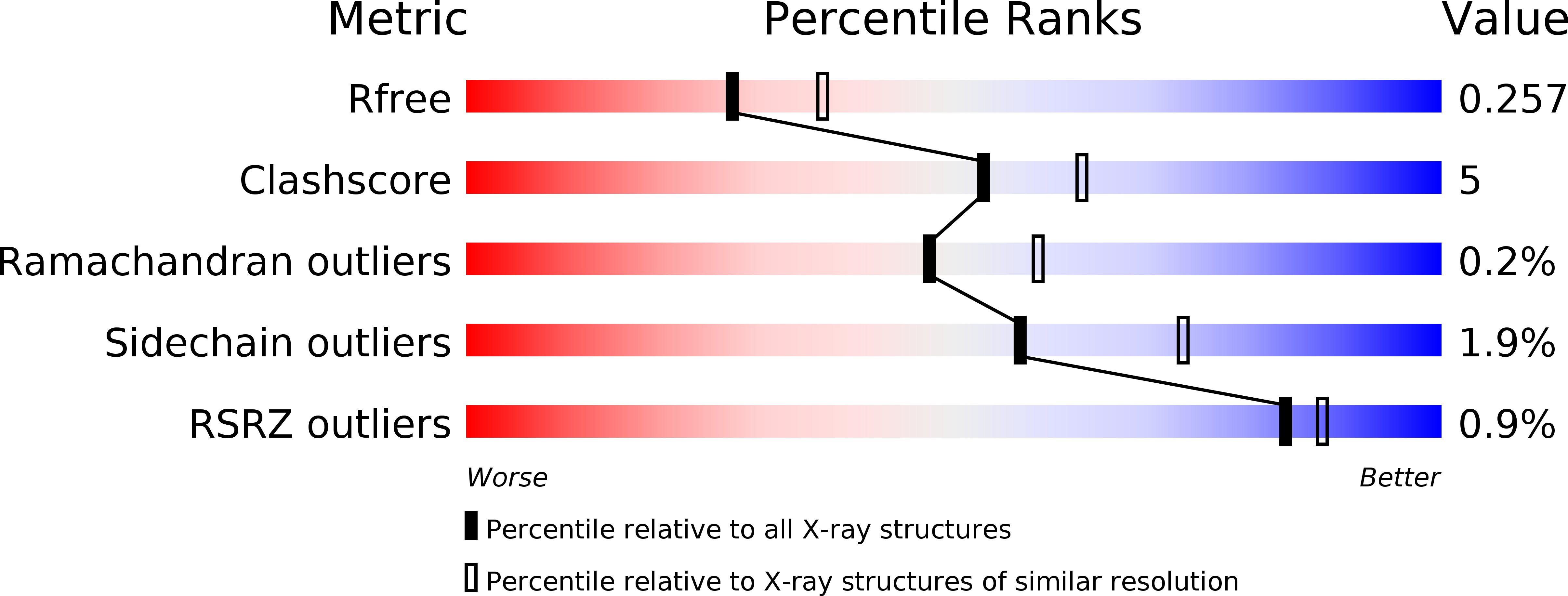
Deposition Date
2007-11-07
Release Date
2008-04-01
Last Version Date
2023-11-01
Entry Detail
PDB ID:
3B9X
Keywords:
Title:
Crystal structure of the E. coli pyrimidine nucleoside hydrolase YeiK in complex with inosine
Biological Source:
Source Organism:
Escherichia coli (Taxon ID: 83333)
Host Organism:
Method Details:
Experimental Method:
Resolution:
2.30 Å
R-Value Free:
0.25
R-Value Work:
0.20
R-Value Observed:
0.20
Space Group:
P 1


